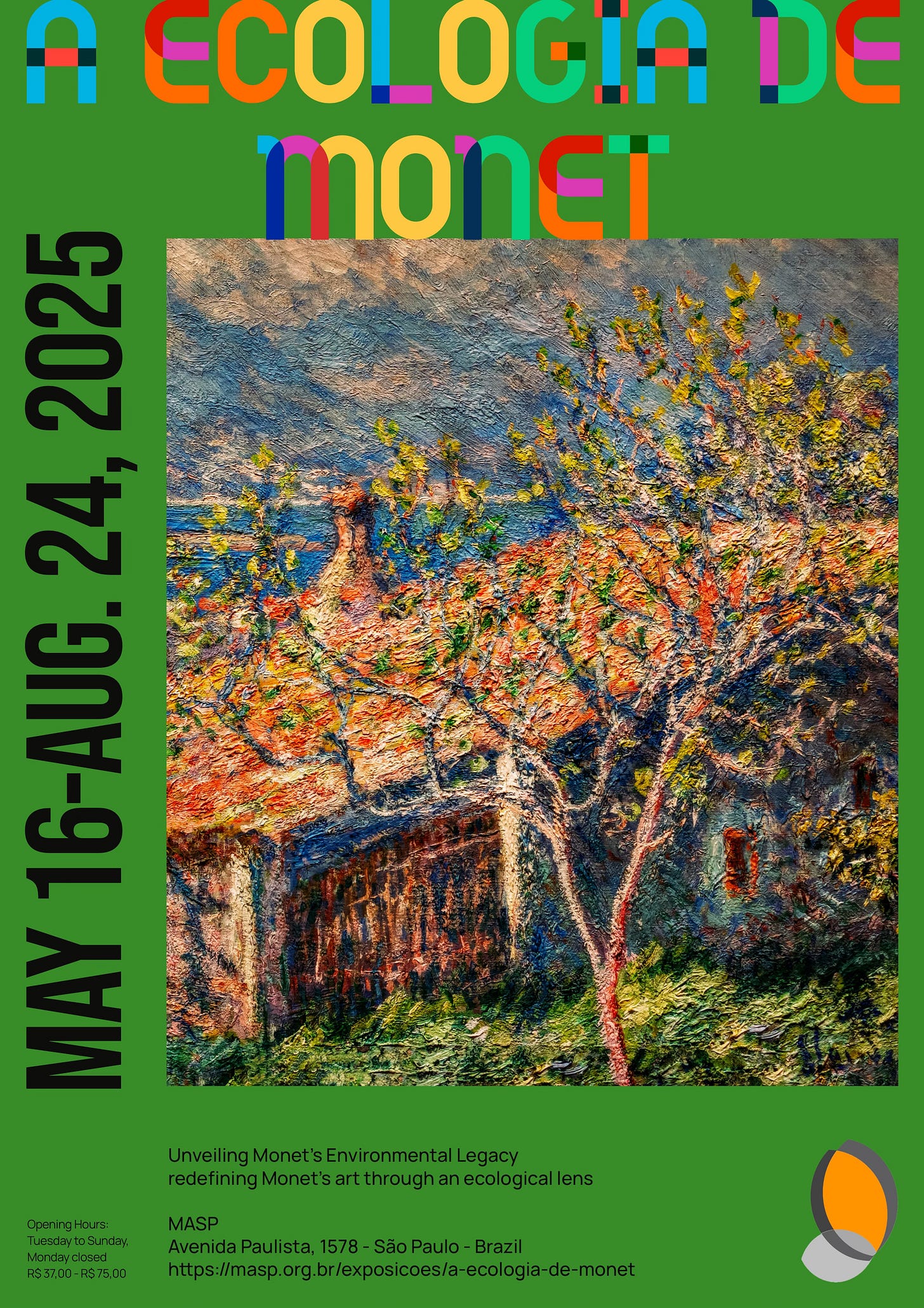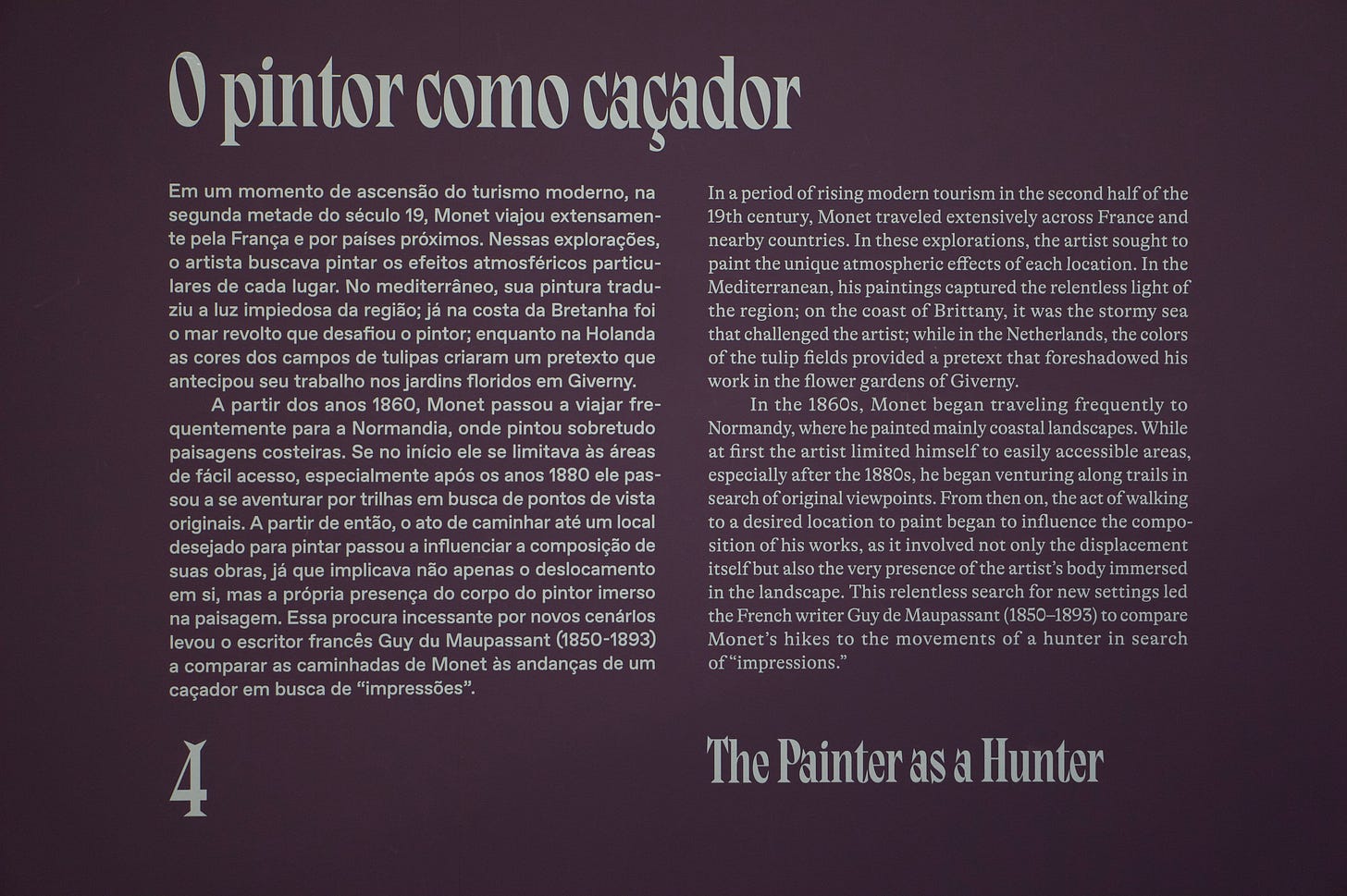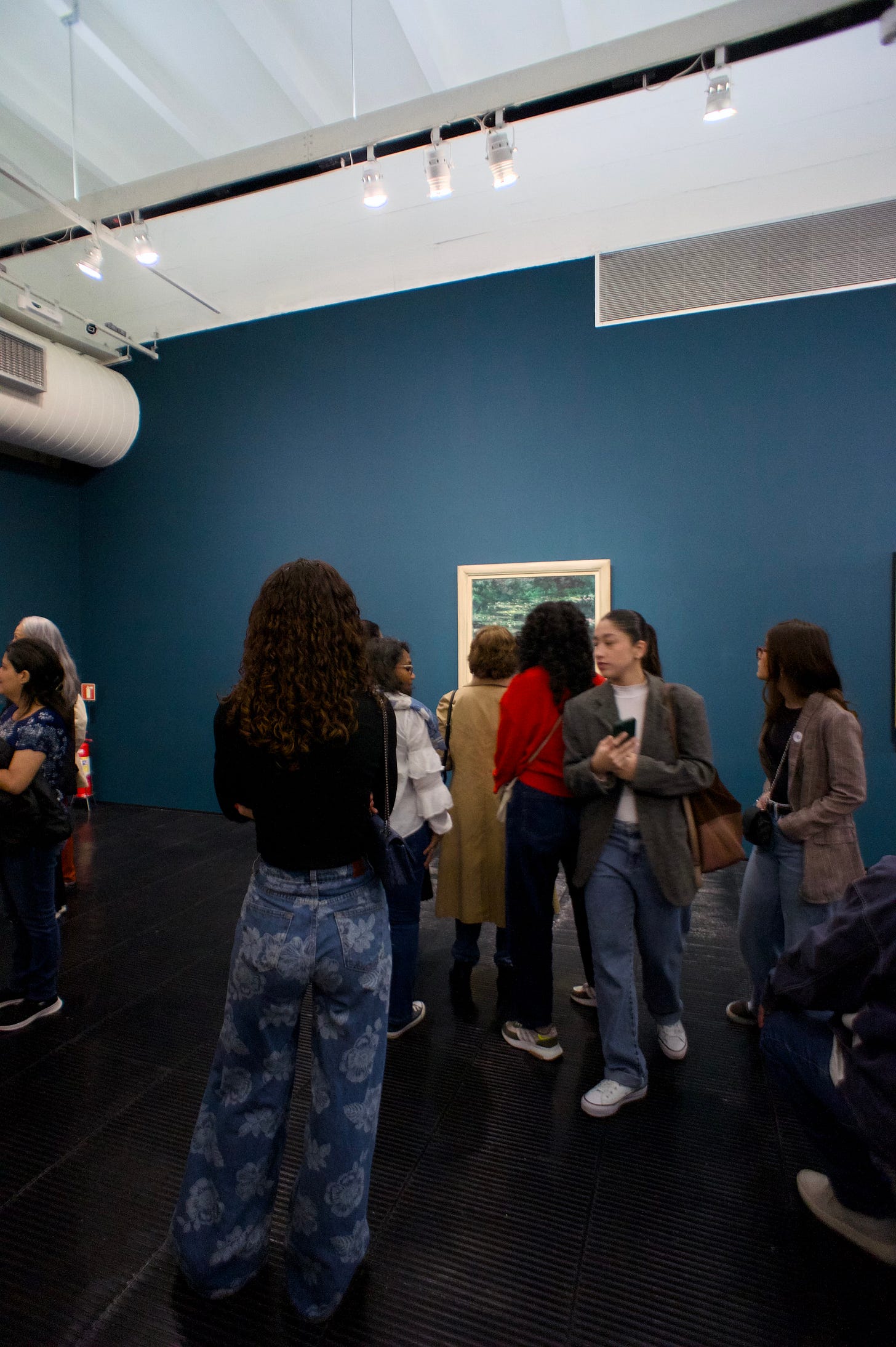"A Ecologia de Monet": A Vibrant Dialogue Between Art and Environment at MASP
Explore "A Ecologia de Monet" at MASP, São Paulo. Discover how this exhibition redefines Monet's art through an ecological lens, its stunning visual design, and its impact on Brazil.
Preface
São Paulo is currently abuzz with an exhibition that transcends mere artistic appreciation, delving into a profound dialogue between the past and our present environmental concerns: "A Ecologia de Monet" at MASP. This exceptional show, featuring over 30 masterpieces by Claude Monet, many never before seen in Brazil, is more than just a collection of stunning Impressionist paintings; it's a meticulously curated journey that highlights the master's complex relationship with nature and its transformations.
The Importance of the Exhibition: A Contemporary Lens on a Timeless Master
The significance of "A Ecologia de Monet" lies in its contemporary reinterpretation of an artist widely known for his picturesque landscapes. While Monet's brushstrokes famously captured the fleeting effects of light and color on rivers, fields, and gardens, the exhibition at MASP goes deeper. It positions Monet as a keen observer of his era's environmental shifts, from the burgeoning industrialization of France and UK to natural phenomena like floods and thaws.
The exhibition is divided into five insightful sections: "Monet's Boats",
"The Seine as an Ecosystem",
"Fog and Smoke",
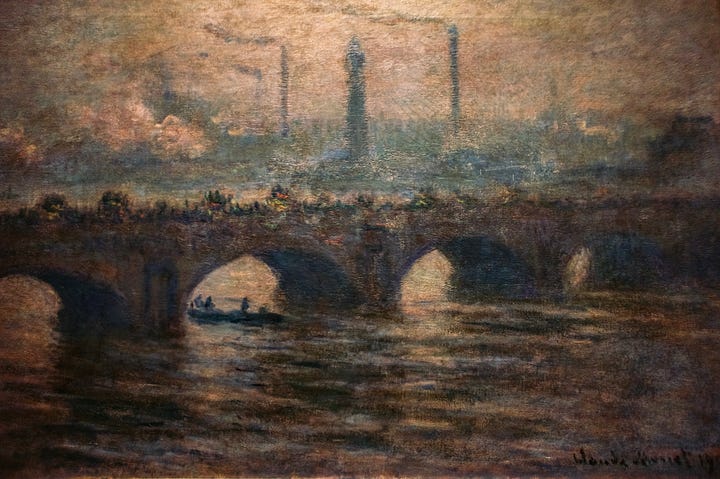
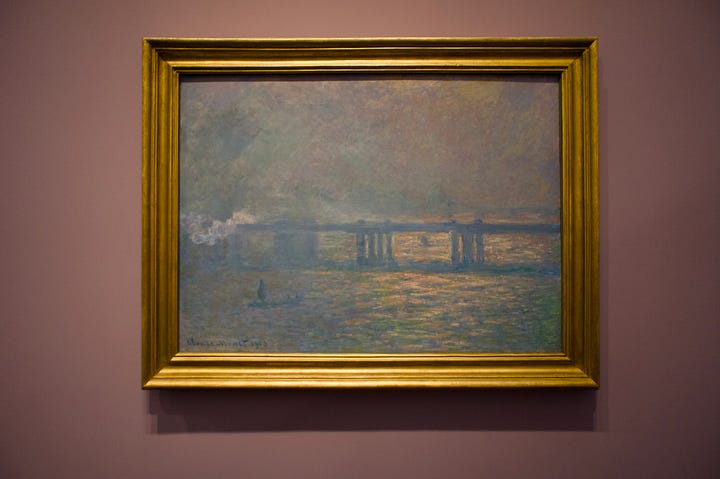

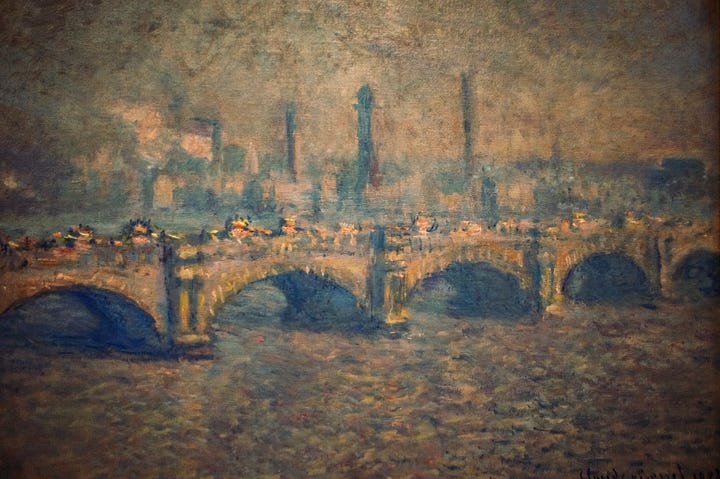
"The Painter as Hunter",
and "Giverny: Controlled Nature".
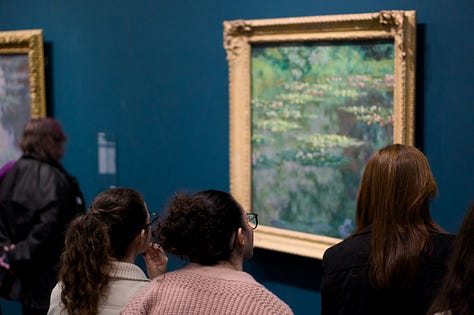

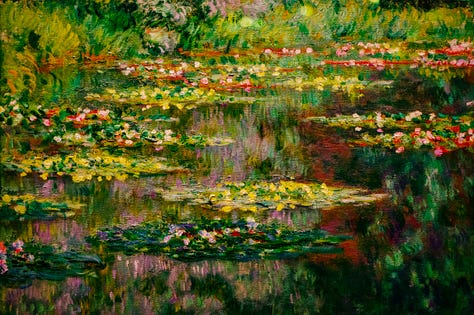

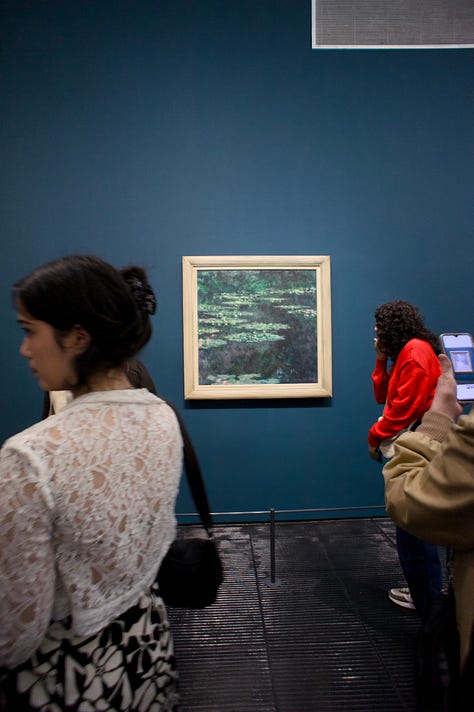

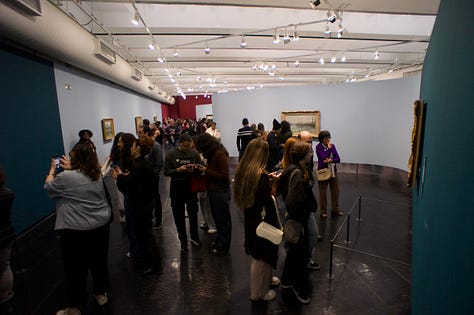
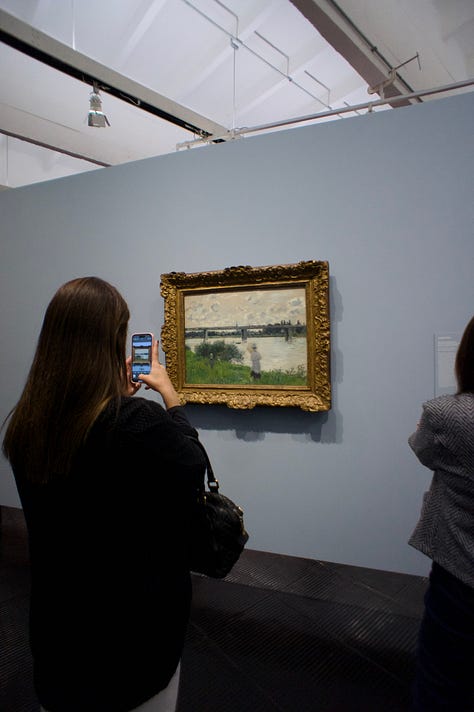
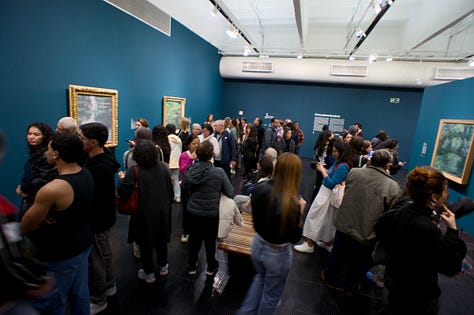
This thematic organization allows visitors to understand how the environment was central to Monet's entire career. It reveals how his works, created in the late 19th and early 20th centuries, uncannily predate current debates on ecology and humanity's often-tense relationship with the natural world. By bringing these discussions to the forefront, MASP encourages a critical reflection on our own impact on the planet, using Monet's timeless art as a powerful catalyst.
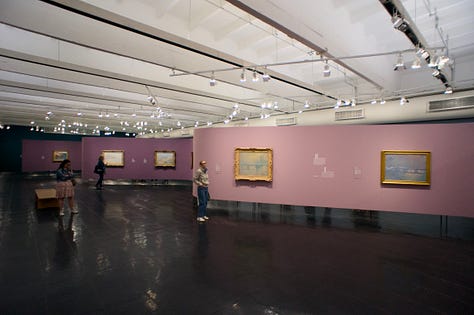
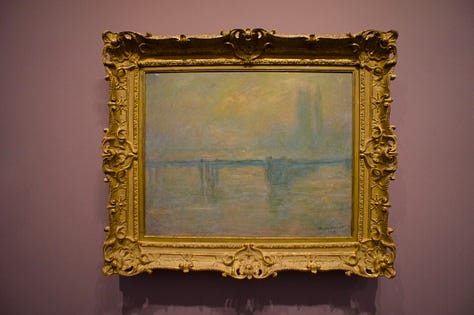
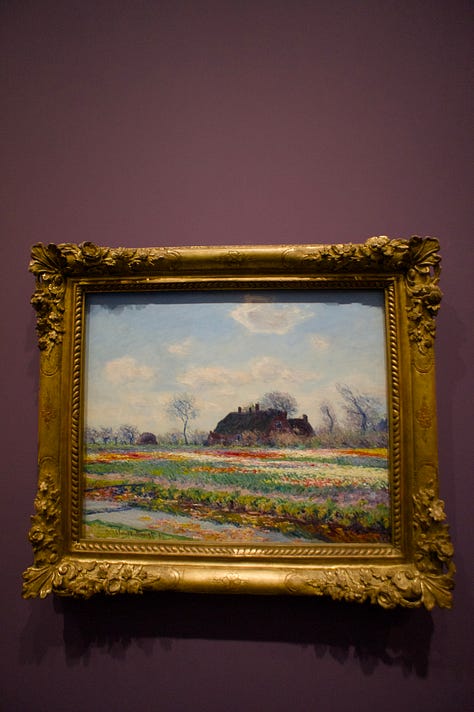

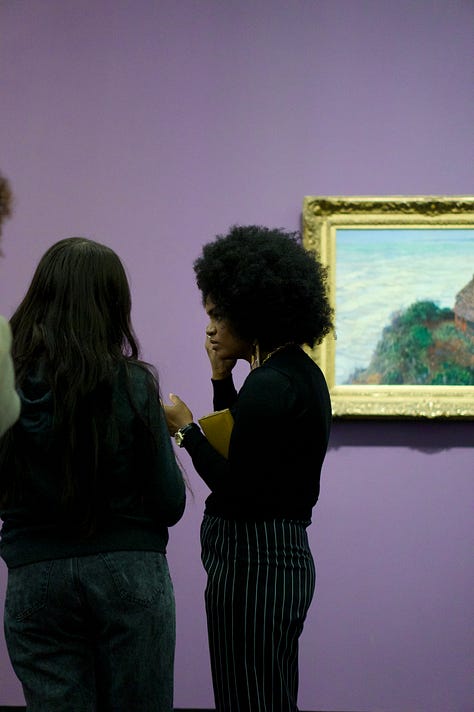
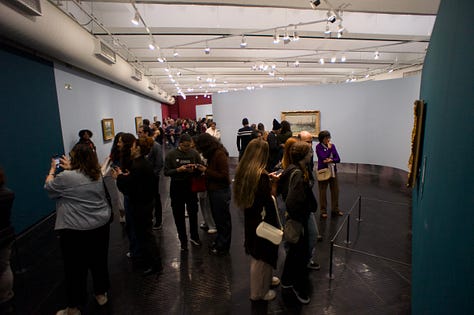
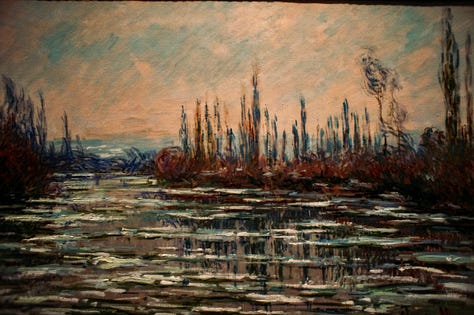

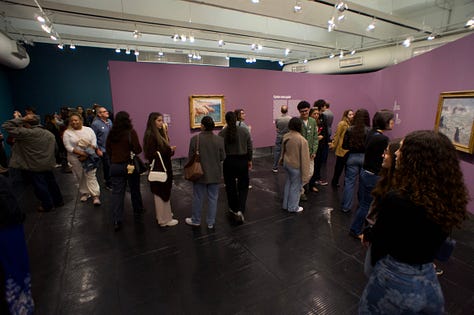
An Immersive Experience: The Color Scheme of the Exhibition Rooms
While specific details about the exact color schemes for each room are not widely publicized, MASP is renowned for its thoughtful and immersive exhibition design. Given the "ecology" theme and Monet's emphasis on light and color, it's highly probable that the exhibition rooms employ a nuanced palette designed to enhance the viewing experience and underscore the curatorial message.
One can imagine a progression of colors that subtly shift to reflect the themes of each section. For instance, sections like "The Seine as an Ecosystem" and "Monet's Boats" might utilize serene blues and greens, evoking the tranquility and vibrancy of natural waterscapes. The "Fog and Smoke" section, showcasing industrial impacts, could incorporate muted grays, atmospheric whites, and perhaps even hints of sepia or ochre to convey the smoky, urban environments Monet depicted. As visitors move towards "Giverny: Controlled Nature," brighter, more vivid greens, yellows, and floral tones would likely dominate, mirroring the artist's cultivated gardens. This careful interplay of colors would not only provide a visually cohesive experience but also subtly influence the viewer's emotional and intellectual engagement with each artwork and its ecological context. The use of curved expographic panels, as mentioned for "The Seine as an Ecosystem," further enhances the immersive quality, allowing the river's flow to be symbolically represented within the exhibition space.
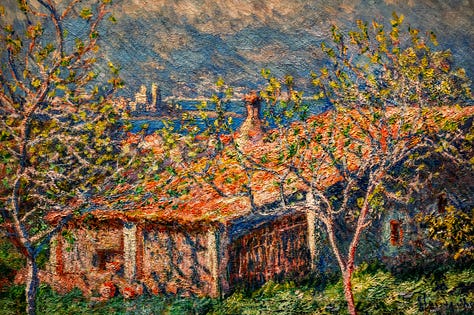
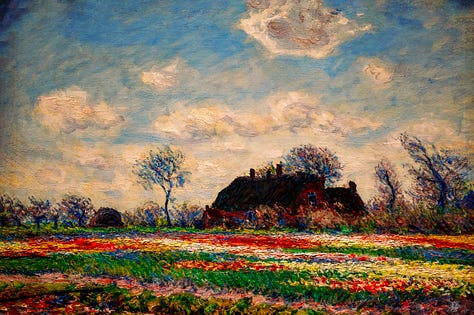

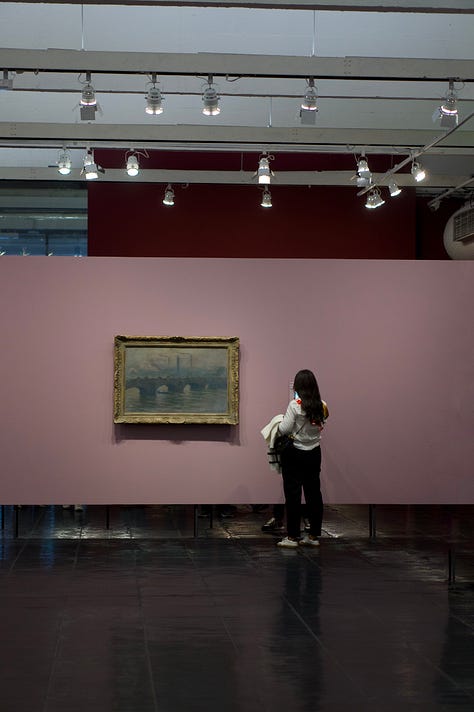


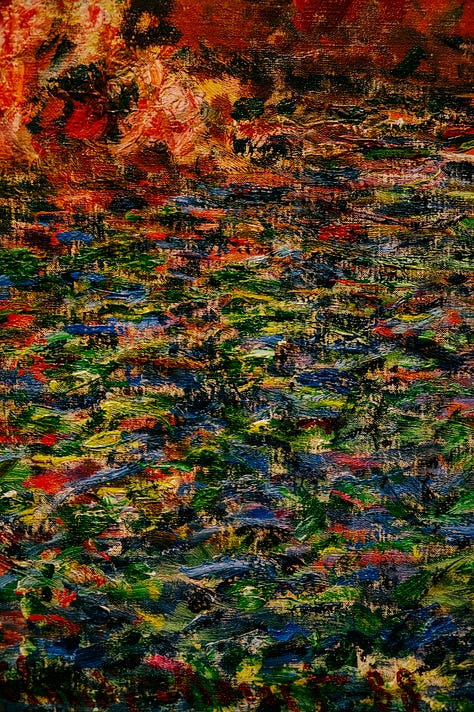
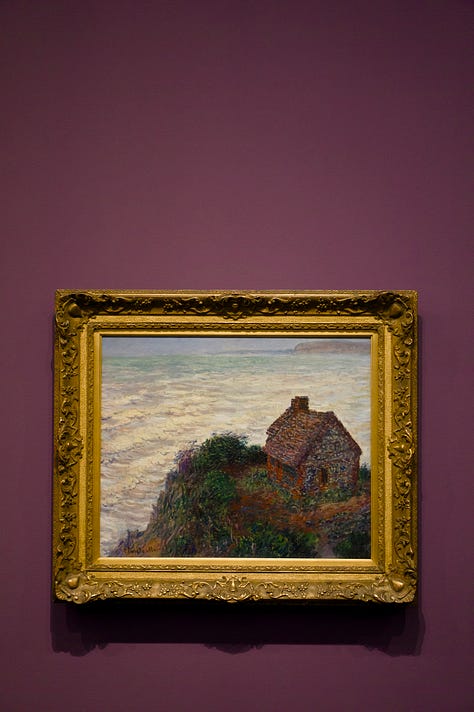

Impact for São Paulo and Brazil: A Cultural and Environmental Milestone
"A Ecologia de Monet" is undoubtedly a major cultural event for São Paulo and Brazil.
For São Paulo, it solidifies the city's position as a vibrant artistic hub in Latin America.
The presence of such a significant collection of Monet's work, many never before seen in the Southern Hemisphere, draws art enthusiasts and curious visitors alike, boosting cultural tourism and enriching the city's artistic landscape. The long queues reported during the pre-opening are a testament to its immediate popularity and impact.
Beyond its artistic merit, the exhibition carries a profound environmental message for Brazil, a country facing significant ecological challenges.
By presenting Monet's observations on the environment through a contemporary ecological lens, MASP encourages a broader public conversation about climate change, industrialization's impact, and the delicate balance between human activity and nature. In a nation grappling with deforestation, water issues, and the effects of a changing climate, this exhibition serves as a timely and accessible platform for environmental awareness and reflection.
It connects historical artistic production with urgent present-day concerns, fostering a deeper understanding of our shared ecological heritage and future.
In essence, "A Ecologia de Monet" at MASP is a masterclass in art and environmental advocacy. It’s an invitation to rediscover a beloved artist through a critical and contemporary lens, leaving an indelible mark on São Paulo's cultural scene and sparking vital conversations about our planet's future across Brazil.
"A Ecologia de Monet" (The Ecology of Monet)
Curated by Adriano Pedrosa, artistic director, MASP, and Fernando Oliva, curator, MASP, with assistance from Isabela Ferreira Loures, curatorial assistant, MASP
May 16–August 24, 2025
1st floor, Lina Bo Bardi Building
MASP — Museu de Arte de São Paulo Assis Chateaubriand
Avenida Paulista, 1578 – Bela Vista, São Paulo, SP 01310-200
Phone: (11) 3149-5959
Hours: Tuesdays free, from 10 a.m. to 8 p.m. (admission until 7 p.m.); Wednesdays and Thursdays from 10 a.m. to 6 p.m. (admission until 5 p.m.); Fridays from 10 a.m. to 9 p.m. (free admission from 6 p.m. to 8:30 p.m.); Saturdays and Sundays, from 10 a.m. to 6 p.m. (admission until 5 p.m.); closed on Mondays.
Online scheduling required at masp.org.br/ingressos
Tickets: R$ 75 (admission); R$ 37 (half-price admission)





